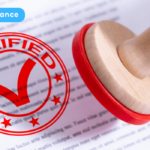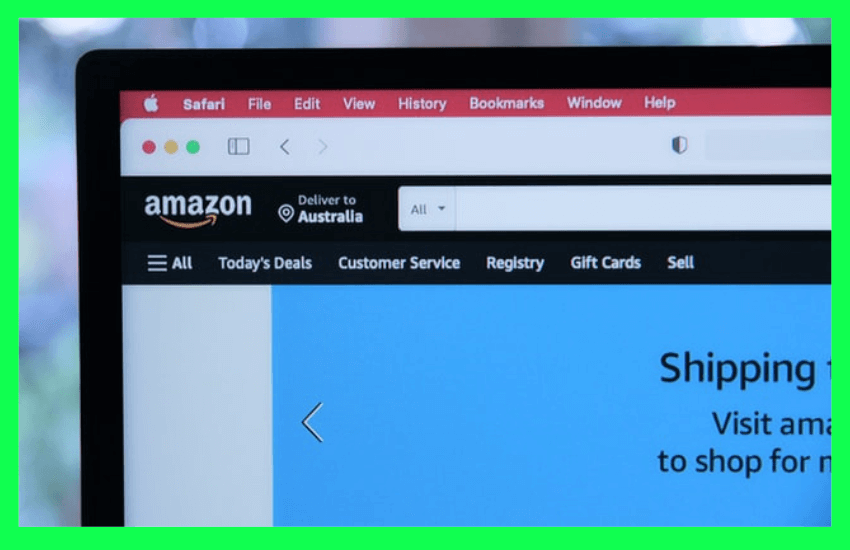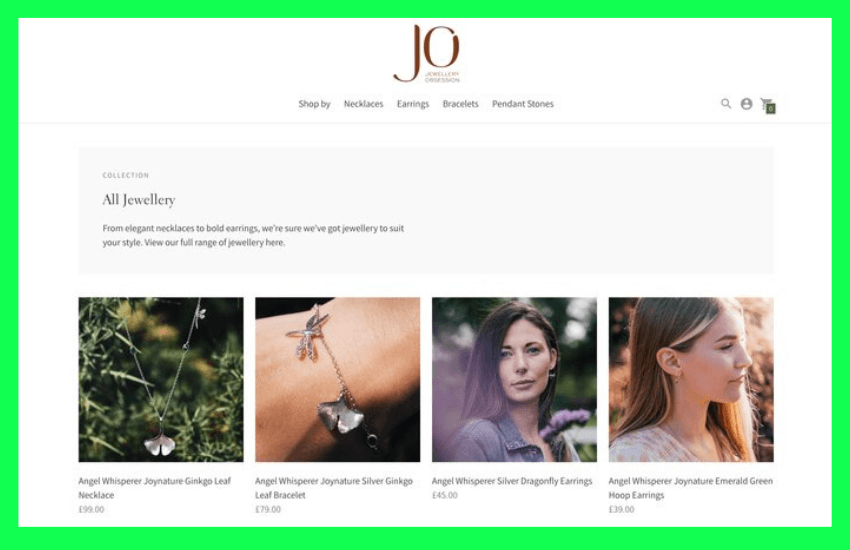In a year of adaptation, businesses that are primarily brick and mortar and even companies that have an online presence, have had to take a large step back and look towards enhancing their virtual shopping footprint. Online spending was trending upward even before the effects of Covid, so it’s fair to believe that most businesses were looking to boost their online shopping experience regardless.
Most large businesses that sell tangible products will have independent ecommerce websites where you can purchase their inventory and you can explore more about the company whilst you do it. For the most part, they will have a tech team that will set the site up almost from scratch and work around the clock to keep the website running smoothly.
The chances are, you will also find these businesses on online marketplaces such as Amazon and even eBay. A study in 2019 concluded that almost 9 out of every 10 people are more likely to buy from Amazon than another ecommerce site. It’s hard to imagine that number being wildly different in 2021, as Jeff Bezos’ empire remains the go-to marketplace.
Small and medium businesses will have a site of their own, but this will probably come with less traffic as they will find it harder to budget for marketing now. We’re slowly progressing toward a place similar to what we were used to circa 2019 and hopefully, this comes with these businesses being able to push themselves further.
Running Your Own Ecommerce Website
By far the most difficult option you have when selling online is managing your ecommerce website. Having to be in control of everything is quite the challenge, but succeeding would feel more rewarding, it would be more financially beneficial and the personable experience would keep customers coming back and feeling truly valued.
Your site is all about you. It is a direct message to any visitor that this is your brand, this is what you offer and this is how you can purchase any product or service. Everything is for you to consider, whether it’s visual media, the colour scheme, to the site layout. If you have the time and resources, you have so many possibilities from which you can build and expand.
As good as you and your team might think your site looks, you must remember that not everyone is going to think in the same manner. You will never please everyone, but you should be frequently looking to update and improve upon your website, even if you find yourself in a purple patch.
A “Which?” article from 2013 highlighted B&Q and how bad their website was at the time, along with customer reviews of the poor navigation, difficulty checking out, and more. Now, their site is completely unrecognisable. It looks clean, it’s easy to navigate, and it is very simple to access your account, basket, and check out. We know that the internet, along with design and accessibility features has come a long way in that time. However, it is not out of the realm of possibility that B&Q overhaul their site again within the next 4 to 5 years, and that isn’t taking into account any changes they make within that period.
If you know that you are going to be a new name entering visitors’ minds for the first time when they visit, give them the right first impression. It is likely that someone will judge a new website within 15 seconds of first appearing. If they can’t find what they are looking for almost immediately, you may have a problem.
On top of all of this, one of the biggest takeaways should be the consideration of how your website will operate on mobile devices. It’s no shock that smartphone activity has exponentially increased in recent years and this trend will continue. Furthermore, ecommerce activity on mobiles has risen massively alongside this, meaning that you must have a site with a responsive design for mobile users. Inputting this will take time, but the benefits heavily outweigh the negatives.
Amazon vs You
Now that we have looked at some key reasons for the benefit of online marketplaces and your own ecommerce site, I want to share my input on the best approach you can take.
There can be a positive argument for both of these approaches, and each idea has multiple advantages for you to utilise. You can take the route of focusing solely on the online marketplace, and building your reputation through the means of Amazon, eBay and others. This will allow you to focus on the betterment of your products and gain the trust of new customers by appearing on a hugely popular site, amongst other top brands.
You can also power your efforts into creating a high-quality ecommerce site of your own, where you have total creative control, the ability to code it how you like, and much more. You can update the content when you feel free and provide users with key details about your business, promotions, physical locations, and prices.
However, my view would be to try and utilise both and take advantage of having a larger presence. There’s no escaping the fact that any small/medium business would find success, increased awareness, and a simpler online selling experience with the use of a marketplace. On the other hand, with the number of businesses growing so fast in these modern times, you will want to stand out. Your own website will allow you to curate your own style, and allow users to form a connection with your brand, recognise your logo, your font, and your colour scheme. In my opinion, hearing a customer say “I found these guys on Amazon” isn’t as inspiring and fulfilling as hearing “I found these guys on their website.”
We must also mention the ability to advertise your website and how much you can do with that. The power of google ads will be in your hands, where you will have much more freedom with where you can link the ads to. With google ads, a good quality score will help get you to the top, and above the link to any marketplace.
Conclusion
The most important thing overall can be that your products will be promoted online in front of a large audience, whether you’re on an online marketplace or your own ecommerce site. Both sides have a plethora of benefits, and only a handful of negatives, so if you’re going to start by focusing your efforts on one side, make sure you weigh up both sides carefully as they will both have a massive impact on your revenue, awareness and brand trust.
Try and find some examples of businesses in your area that you know are on Amazon and eBay, and some that have a quality ecommerce site, and evaluate how they look, how they operate and use this information to decide which approach will work best for you.
 seolounge
seolounge





